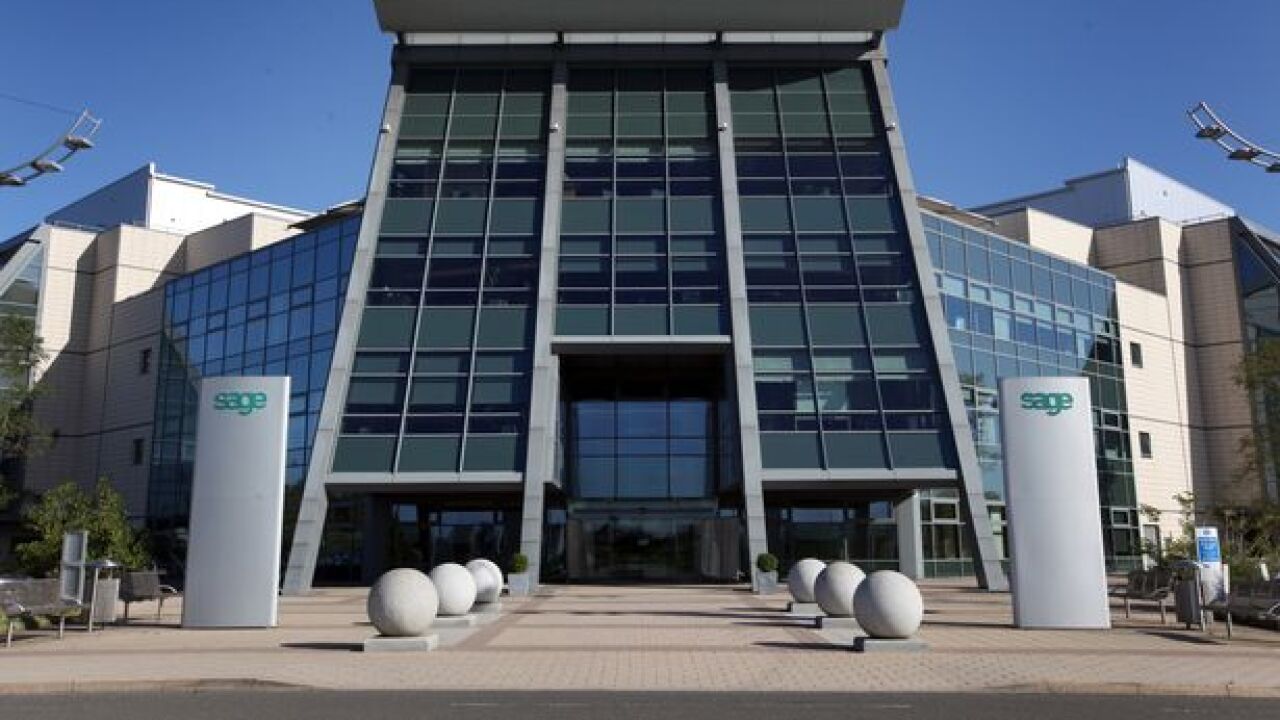Since the onset of the COVID-19 pandemic, we’ve experienced significant changes to the workforce, few more impactful than the Great Resignation. Americans have left their jobs in droves — on average,
The finance and accounting sector, in particular, is suffering as accountants are often expected to do more with less, enduring brutal busy seasons, regularly sacrificing work-life balance, and soldiering on without the necessary resources to help them succeed. In fact, according to a recent
To make matters worse, companies are experiencing increased difficulty recruiting and retaining talent. While this is mostly due to
What is modernizing and how does automation play a role?
In accounting and finance, modernizing often means implementing new technology — specifically automation — to streamline processes, reduce risks of error, boost collaboration, ease the work of employees and much more.
Automation has massive potential to benefit workers and
First, a critical aspect of employee retention is ensuring team members are doing work they love while also upholding a healthy work-life balance. With automation, employees can free up about 25% of their work day (
Second, employees tend to stay with companies that operate efficiently and equip them with the tools they require to do their jobs well. Automation tackles both of these needs. A recent
Lastly, since automation tools allow employees to skip over mundane processes, teams are able to devote more focus to growth, modernization and driving innovation, including expanding the organization through IPOs and mergers and acquisitions. Especially as we’re seeing a record breaking number of companies scale — there were
Despite the benefits, some organizations have yet to implement automation technologies for a variety of reasons, including resistance to moving off legacy systems, the fear of utilizing a lesser-known, newer solution and the potential for missed deadlines due to lengthy periods of downtime for maintenance and implementation. However, this delay can wind up costing the organization for years to come in hindered growth and high turnover.
Why does modernization appeal to employees?
Regardless of industry, role, location, or age, employees want to work for efficient and successful companies. Accounting processes as we know them, particularly end-of-month and yearly closes, are tedious and lead to burnout. However, when automation is introduced, close processes take just a few days and are far more seamless and accurate. It makes sense then that employees would want to join and stay on a team that uses automation, rather than a team that utilizes outdated spreadsheets and handwritten notes and takes weeks to close.
With the Great Resignation still well underway, it’s clear that the workforce — particularly the finance and accounting sector — needs to continue to adapt. As companies look to boost retention and employee happiness, introducing automation and modernizing existing systems and processes is imperative.
At the end of the day, employees are companies' most important assets. When they don't have access to the systems, tools and support they need, they are unable to not only do their job properly, accurately and in a timely manner, but to also sustain a positive work-life balance and advance in their industry. When companies modernize by implementing automation, this all becomes possible.





